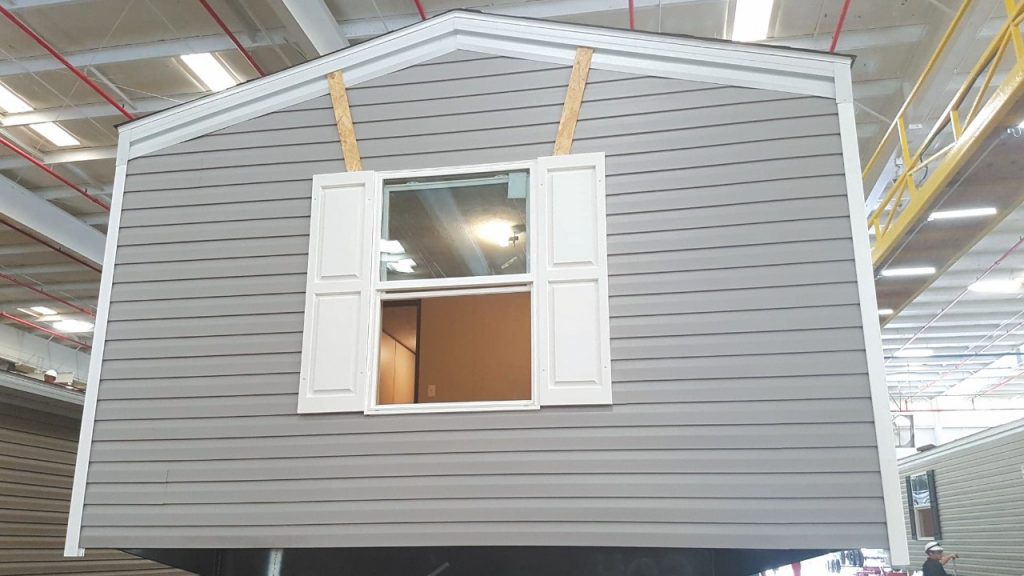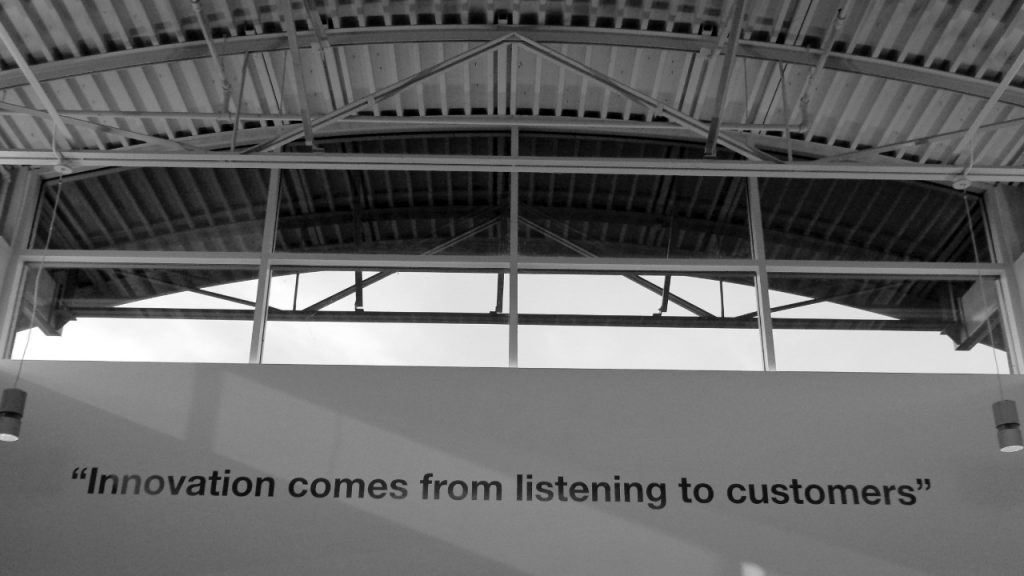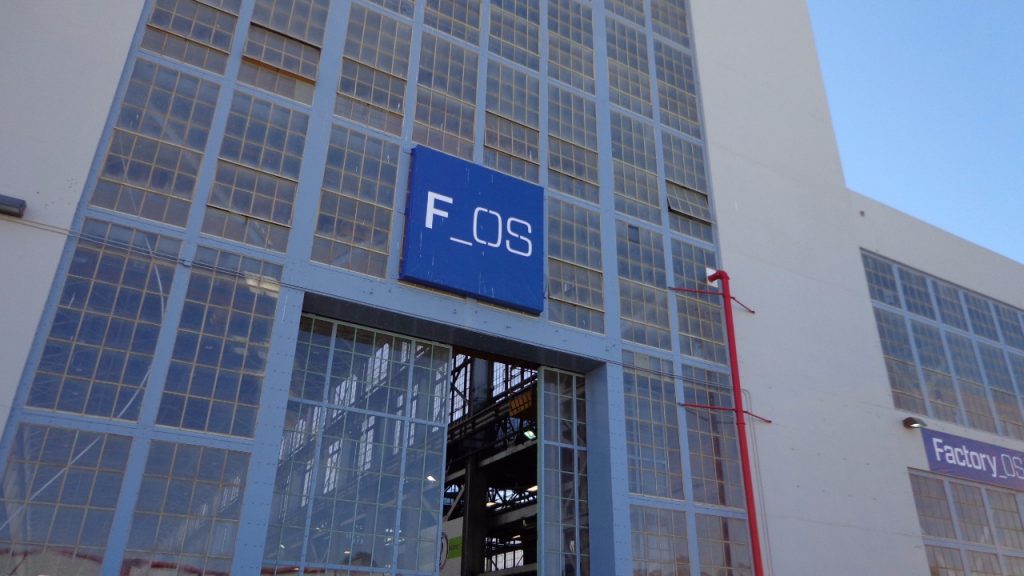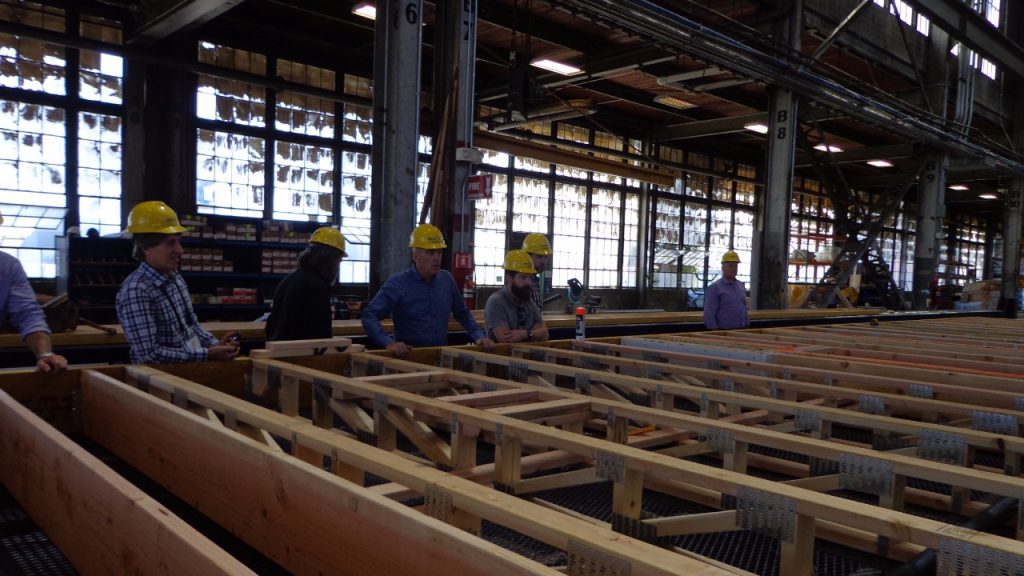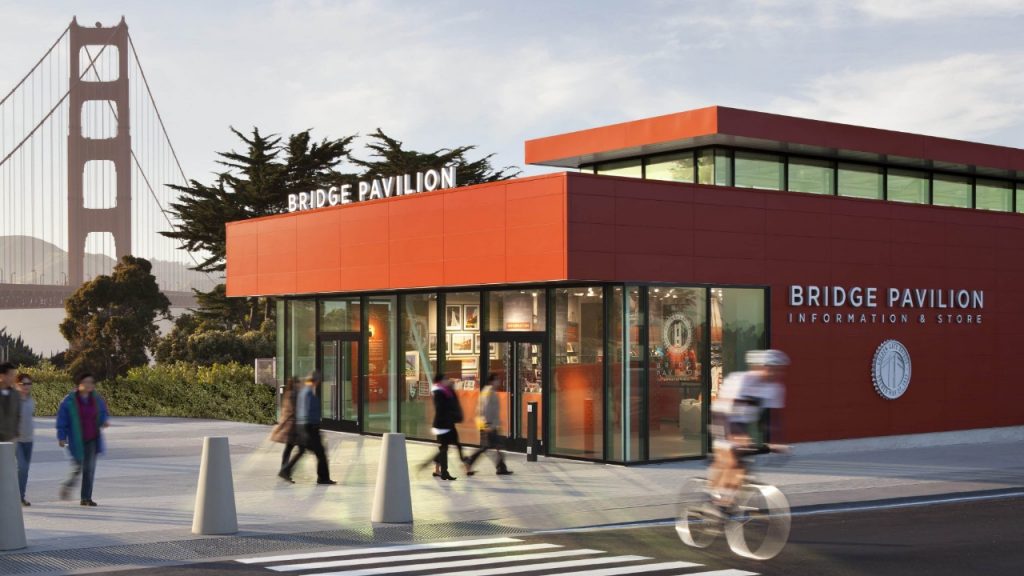PREFABAUS NORTH AMERICA TOUR REPORT
FROM THE LABOUR-ENABLED PLANTS TO THE HIGHLY AUTOMATED; FROM TECH-DRIVEN START-UPS TO VERTICALLY INTEGRATED TITANS, ORGANISATIONS VISITED ON THE PREFABAUS TOUR IN JUNE PROVIDED A VALUABLE SNAPSHOT OF THE SHEER SIZE AND DIVERSITY OF NORTH AMERICA’S MARKETS. BELINDA SMART FIELDED ATTENDEES’ REACTIONS.
In a climate where some high profile international relationships could use a shot in the arm, the success of the prefabAUS North America trip in June is energising. Companies and organisations in the US and Canada gave up their valuable time (including a Sunday) to share their insights and experiences on everything from broader market factors to processes and methodologies; and they enthusiastically engaged in discussion and networking with members of the prefabAUS tour.
Aside from the sense of trans-pacific goodwill, prefabAUS tour participants were struck by the sheer size and diversity of output in North America’s markets. A quick roll call of the companies and facilities visited bears this out. In San Francisco: Carmel Partners (mid to high end multi-family residential); Factory_OS (affordable multi-family residential with a social mission); Project Frog (tech-driven manufactured building cores + shells) and Autodesk (architecture, engineering, construction + manufacturing software). Travelling east to Knoxville, Tennessee: Clayton Homes (US leader in affordable manufactured homes) and crossing the border to Toronto, Canada: Sidewalk Labs (Google’s sister, tech-driven urban innovator + disruptor) and H+ME Technology (quality, precision manufactured price-accessible homes).
The resemblances and differences between the US/North American and Australian markets provided a key entry point point for discussions around scalability, access to investment, technology + processes, diversity of product, logistics, access to and retention of skilled labour versus automation, and cost-reduction and efficiencies.
Professor Tuan Ngo, Research Director, ARC Centre for Advanced Manufacturing of Prefabricated Housing, commented: “They are facing common issues such as rising construction costs, skills shortages and inefficient supply chains. However, large companies like Clayton Homes have the capacity to vertically integrate their supply chain; start-up companies like Factory_OS are investing significantly in technologies to automate the manufacturing process so they don’t have to rely too much on skilled labour.”
“One of the key differences between our markets lies in easier access to funding/investment in technology for the prefab sector and digital manufacturing compared to AUS/NZ. Examples we heard about included Softbank Group, which has led investment in construction technology start-up Katerra Inc. and Clayton Homes which received investment through its acquisition by Berkshire Hathaway.”
“One of the key differences between our markets lies in easier access to funding/investment in technology for the prefab sector and digital manufacturing compared to AUS/NZ. Examples we heard about included Softbank Group, which has led investment in construction technology start-up Katerra Inc. and Clayton Homes which received investment through its acquisition by Berkshire Hathaway.” Professor Tuan Ngo, Research Director, ARC Centre for Advanced Manufacturing of Prefabricated Housing.
A key lesson from most companies visited was “walk before you run,” he said. “Companies understand the need to invest carefully in terms of which technologies they find more suitable to their housing products. For example Factory_OS mentioned they wanted to test a simple manufacturing process before investing in higher levels of automation.”
Pamela Bell, CEO of PrefabNZ commented: “As a general observation, clearly labour rates drive the decision to move manufacturing indoors, especially in large urban settings such San Francisco and Toronto, and it was interesting to note that the economically successful enterprises were usually part of vertically-integrated larger ‘umbrella’ companies.”
She also noted the diversity of the US market, which spanned higher end condos to entry-level housing, the latter at the Clayton Homes manufactured housing plant in Knoxville. “There were 300 workers completing 20 homes per shift at the plant to enable housing to be accessible to consumers at the equivalent of $100k AUD before land lease costs.”
From a process perspective, she described operations at Factory_OS as impressive, “in particular their system for finishing above and below a panel simultaneously, and innovations such as the pneumatic moving system for conveying built elements around the plant.”
Brendan Pope, Design Manager, Fleetwood Australia, commented:
“My approach was to keep an open mind to all aspects of the experience, and then reflect upon the ‘how’ and ‘why’ to see if there would be lessons learnt that could apply to the local Australian context, whether in design, production, logistics or the regulatory environment and ‘mind-set’ of the market. The diversity of connections presented in the tour provided a great platform.”
“The most significant take away for me was the difference in the size and scale of the market and how this positively impacted players through scalable production and the opportunity to maximise manufacturing repeatability, which translates to increased manufacturing output. It raises the question of how to apply this in the Australian context where the size of the market necessitates covering a broader range of product within a single facility.”
Meanwhile, aside from “the sheer capacity and scale of what’s possible in North America” Eric Chandler, General Manager East Coast, Fleetwood Australia, said he was impressed by “a socially engaged culture, particularly in San Francisco, where Factory_OS demonstrated a collaborative approach between modular suppliers, local municipalities and other parties to find solutions to social housing problems. Those things, the scale to drive efficiencies and that social buy-in are harder to achieve in Australia.”
“Factory_OS also stood out in terms of the sheer efficiencies – the layout and optimisation of the plant,” he said. “Again you need scale and a consistent pipeline of work to make that viable.”
“In terms of the housing stock we saw, I think there are areas where Australia is doing well, but I also think the North American markets have a lot to teach the Australian market about the multi-family living sector, which is still a fairly young market in Australia.”
“In terms of the housing stock we saw, I think there are areas where Australia is doing well, but I also think the North American markets have a lot to teach the Australian market about the multi-family living sector, which is still a fairly young market in Australia.”
Eric Chandler, General Manager East Coast, Fleetwood Australia.
“One of the most positive take-aways for me was the potential for collaboration and knowledge sharing, not only between tour participants but between Australian and North American operators. There is a lot of scope for us to share information and experiences.”
Clinton Tilley, CEO of The Hermal Group, agreed the networking opportunities on the tour were an invaluable in fostering collaboration. He also indicated that the tour had the unanticipated benefit of highlighting Australasian smarts. “As a manufacturing country you would expect that the US and North America would be well ahead of us. It would appear that we are on a similar trajectory and neither one is more or less advanced.”
“Overall, it would appear Australian workplaces are far safer for staff.”
“At the company in Knoxville owned by Berkshire Hathaway (Clayton Homes), the cultural support they provided at head office had not extended to the manufacturing plant, and in part this was leading to low staff retention numbers. It is a simple business mistake, where head office has a culture different to the workers, who are the doers. They should have put the gym in at the plant first and head office last, instead of addressing staff turnover last and profitability first. By tackling them at the same time, or dealing with staff turnover first, they would have gained more momentum in terms of profitability.”
For Chris Skeels-Piggins, CEO of CLTP Burnie, the tour delivered “a broad overview of what is taking place in this space in North America, the types of work processes and technology that is being utilised and insight into how they
view the supply chain.”
“The tour provided the opportunity to talk to people creating change and innovation in the prefab building space, which created useful discussion within the group about how this might be applicable in the context of the Australian and New Zealand markets,” he said. “The market for prefab housing in North America is more mature than in Australia, but both markets suffer from the perception that prefab equals low cost (or cheap) housing. This is a significant challenge that needs to be addressed for this type of construction to be more widely accepted.”
“The relatively small and geographically fragmented Australian market does create challenges compared to the larger American market. By this I mean that you can achieve a higher cost benefit in construction when volumes are higher; this is harder to achieve in a more fragmented Australian market with large distances increasing the cost of delivery.”
Rob Siganto, Director of Scottsdale Construction Systems, which specialises in roll forming machines and software for light gauge steel, said a key purpose of the trip was to understand the North American market in terms of opportunities for LGS both in USA and from the group for prefab builders in Australia.
“Companies like Factory_OS, Katerra and Sidewalk Labs are being backed by some significant investment. No one in Australia, yet, has tapped into these big investments and/or there isn’t the appetite yet for it in Australia at the scale seen in US / Canada.”
“Although it has been a viable option in the industry for 40+ years, LGS for construction has only had a moderate take up compared to timber. The Australian market is similar to the US market; all the facilities we visited – Factory_OS in San Francisco, Clayton Homes in Knoxville and Home Technology in Toronto – are using timber framing. This presents a great opportunity for Scottsdale and other LGS suppliers who can provide a competitive alternative solution to timber.”
“It’s not clear whether the high technology plays like Factory_OS will make money or ‘city of the future’ plays like Sidewalk Labs will be able to provide a cost neutral product to existing developers. Traditional plays like modular home builders such as Clayton Homes using a low tech solution, providing a low end product, seem to have a stronger financial position than the unproven high tech plays.”
Paul Cleary, Technical Sales Representative, Xlam (NZ) said key takeaways included gaining an understanding of the relative size of the market and how New Zealand might scale up to build homes, including the technologies and systems that might be deployed.
“My overall impression of the North American markets was the sheer size of the market, the scalability and the ability to deliver specific products positioned for specific market segments; for example the low cost homes produced by Clayton Homes. There were diverse methodologies featured, for example Clayton Homes in Knoxville used a people strategy, while at the other end was Home Technology in Toronto was heavily automated, while Factory_OS had a nice balance.”
Bill Nutting, Managing Director of Bretts, said the company’s objective was to gather intelligence on panelisation manufacturing techniques and to a lesser extent modular construction. “We gleaned some good ideas from the modular plants; we also hoped to make some good local contacts to help us and our expectations were more than met,” he said. “In some ways we are more advanced than the North American markets, but in the main their modular expertise is on a different scale, because of the scale they have.”
Hamish Coubray, Director, Howick, said his objective was to see both volumetric and panelised manufacturers in the North American market and to gain an understanding of common and accepted design and manufacturing technologies, as well an idea of future pathways for offsite construction in North America.
“My impression of the offsite construction market from the companies that we went to see, was that there is an openness and desire to change the way they are building; there’s a sense of inevitability that offsite and volumetric methods have to be accepted if these construction companies want to survive in the current climate of skills shortages and high cost of construction labour.”
“A great opportunity to gauge what best practice means in the North American context,” was how Tex Edwards, Director of KLR Capital, described the tour.
“One company that really struck me was H+ME Technology. The multi-family development site we visited in suburban Toronto had been finished with a high degree of quality at a construction cost of $1200 per square metre. When you compare that to typical construction costs of around $3500 per square metre in New Zealand, you get a sense of what scale and automation can bring to the cost equation.”
Jason Reints of Bliss & Reels concluded:
“Clearly there are very different market forces at work depending on where in the country you are in the US. Then the Canadian market is different again, perhaps more similar to Australia. The scope of offsite offerings ranged from very affordable to highly priced.”
“It seems the access to lower paid trades has meant that the level of prefabrication is quite low generally. Many houses are constructed using stick built wall frames done on-site, and maybe just using prefab roof trusses. It’s now clear why the companies that have invested in large automated facilities in the US and Canada really stand out. Companies in both markets are actively trying to increase the penetration of prefab/modular buildings. And even in a low labour cost country like the US, they are looking at more progressive ways to manufacture. But things take time, as they do over here.” ■

